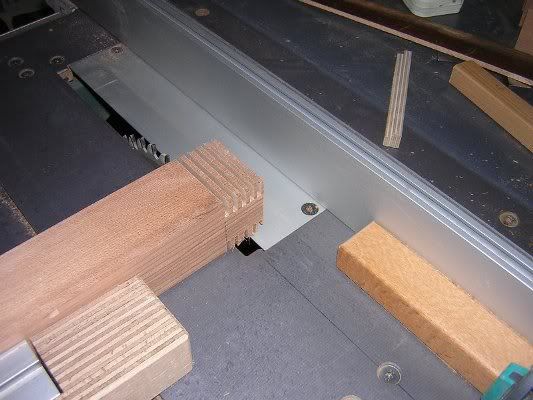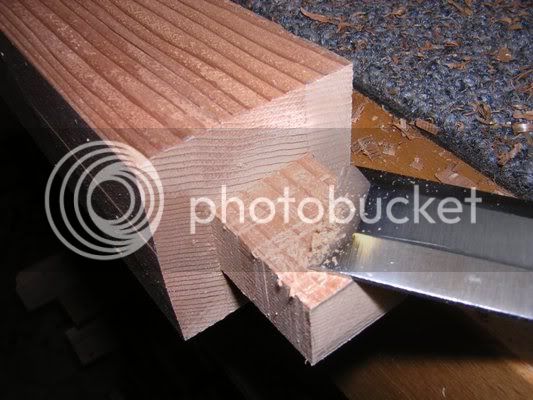Mailee
Thanks for the plug, but I see you use it slightly differently to the way I do. You have to keep the router pushed to the fence to avoid over-cutting, do you not? Not necessarily a problem, I'll grant you. I use the opposite fences as limits, but that does make it a tad slower, as I have to keep swapping the spacer piece back and forth.
I have a question.
How do you calibrate it, first for size and secondly for position within the thickness of the workpiece?
Matt
I have another jig for the router table in the next issue of GW, and the one Mailee likes will be one of the ones feature in my DVD, whenever it sees the light of day. I'm feeling a bit like Alice in Wonderland at the mo, the closer I get, the further away it becomes!
Cheers
Steve






